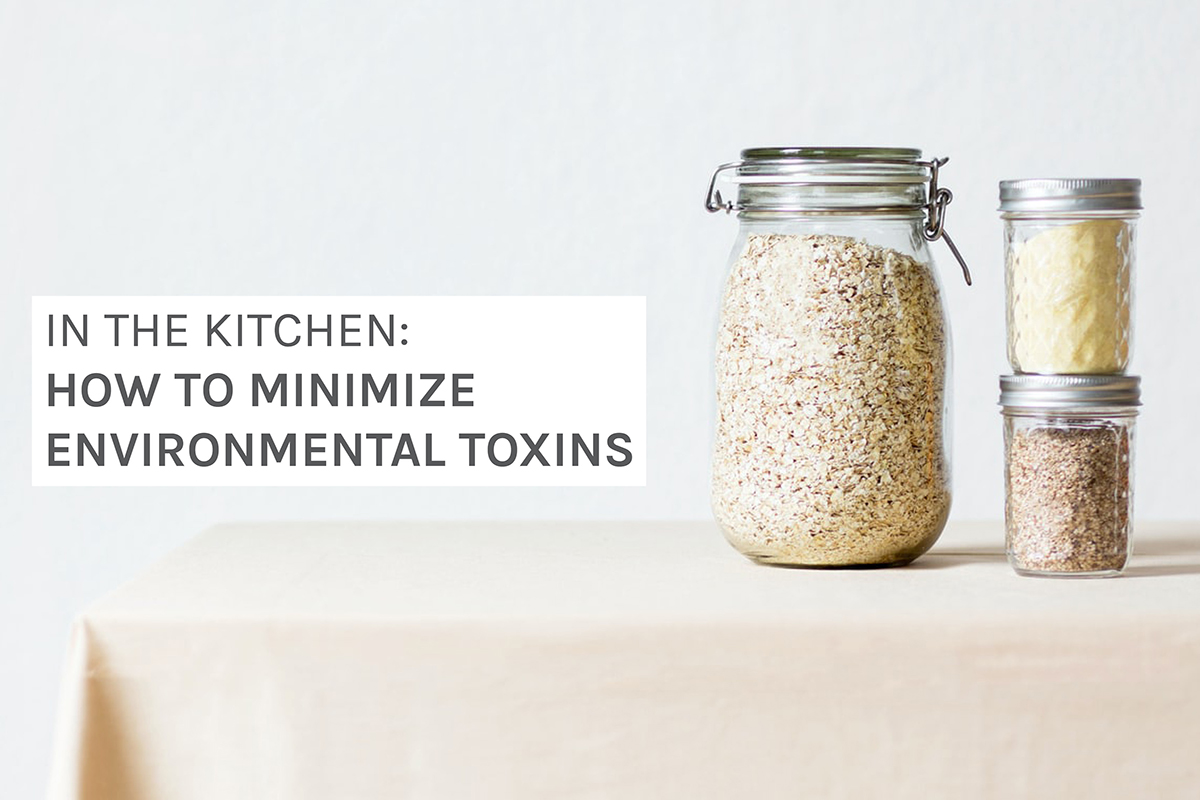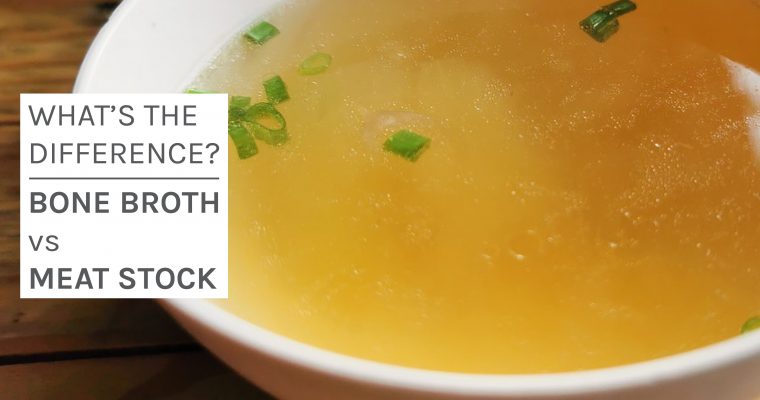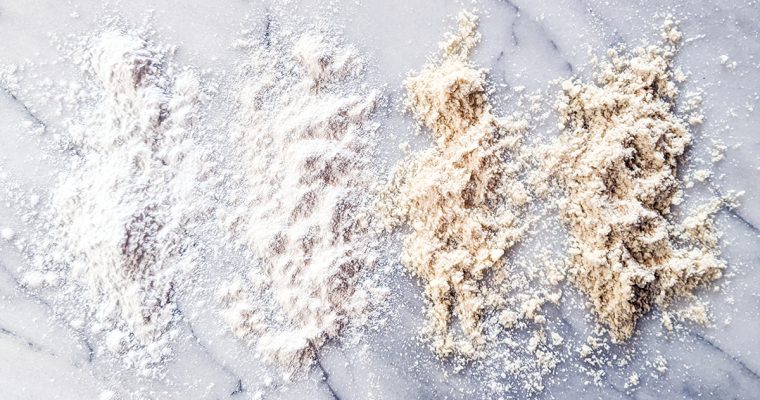When starting out on any healing protocol such as the Autoimmune Protocol (AIP), we often focus on food first. For many people, lifestyle changes, including environmental toxins, typically come later.
Let’s be honest—updating our lifestyles can be overwhelming. In many ways, lifestyle changes are much harder to control and implement compared to dietary changes. However, it is important to remember that food is only one piece of the healing puzzle. Updates to our lifestyle, including our personal environment, are equally important to consider to lessen the load on our bodies, also known as our “stress bucket.”
Reducing our “stress bucket”
What exactly is our “stress bucket“? The “stress bucket” is a metaphor for describing the impact acute and chronic stress has on our wellbeing. It can include stressors such as physical and emotional stress, lack of sleep, inadequate hydration, inflammatory foods, food sensitivities, over exercising or lack of movement, and environmental toxins. When faced with chronic illness such as autoimmune disease, reducing our body’s “stress bucket” is key to lowering inflammation and supporting our immune systems.
While it is important to focus on including therapeutic foods, we should also remember that our environment plays an important role in the long-term stress on our bodies. Try not to feel too overwhelmed (and stressed!) when investigating the range of environmental toxins that are in the modern world. Instead, focus on what you can change, start small and at a manageable scale that works for you. And remember—the body already has its own built-in detoxification system including your liver, kidneys, lungs, skin, gastrointestinal tract, and lymphatic system, that will help you navigate whatever toxins are thrown your way.
Let’s start in the kitchen
When addressing your personal environmental toxin load, I think one of the best places to start is the kitchen—a place where you probably have a bit more control. I suspect you are spending more time than ever in your kitchen, getting comfortable and making meals from scratch. So, how can you support your body even more, beyond the nourishing meals you are already preparing?
Let’s take a look at five easy steps to help minimize environmental toxins in your kitchen.
1. Use fragrance- & dye-free dish and hand soap
One of the easiest first steps to take is to look at the ingredients in your dish and hand soap. Unfortunately, many detergent soaps contain harsh chemicals that might work well at cleaning your pots and pans but are very irritating or even toxic to the human body and can be absorbed through the skin.
Two big flags to look out for when selecting dish and/or hand soap is avoiding any product that uses “fragrance” and/or “dye”. The specific ingredients in “fragrance,” “natural fragrance,” and “organic fragrance” do not have to be disclosed by the manufacturer or supplier in the United States according to the Food & Drug Administration (FDA) and therefore may contain any number of added unknown chemicals, including volatile organic compounds (VOCs). In fact, “fragrance” is known to trigger asthma/allergies and migraines, may be an endocrine disruptor, and has even been linked to cancer.
Avoiding artificial “dye” is another important step to selecting a safer soap product. Three of the most commonly used artificial food coloring dyes (Red 40, Yellow 5, and Yellow 6) contain the carcinogen benzidine, and in a 2007 study, artificial food additives and coloring was linked to hyperactivity and ADHD in young children.
>> Recommendations:
- Check out the Think Dirty app and EWG’s Skin Deep for in-depth search tools. These two resources are my go-to for researching personal care products.
- My favorite fragrance-free dish and hand soaps:
2. Replace aluminum foil with parchment paper
While very small amounts of aluminum are naturally found in food, it is best to try to avoid consuming high-levels of aluminum since it is a neurotoxin. Studies have shown that increased levels of aluminum might be linked to autism and potentially Alzheimer’s disease (levels of aluminum increase in the human brain as we age, though the connection to dementia is still unclear).
One simple way to help reduce aluminum intake is to make a simple swap of aluminum foil for unbleached parchment paper. Bonus—baking with parchment paper saves so much time, reducing clean-up, and I promise you won’t ever look back.
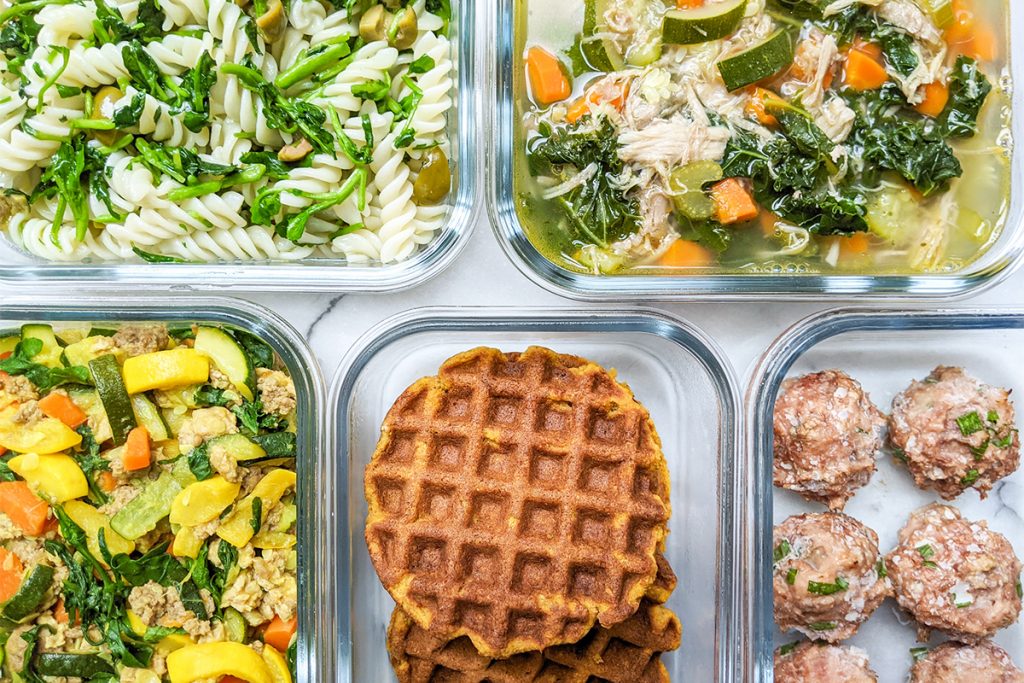
3. Swap out plastic for glass food storage containers
When you start cooking most of your food at home, meal prep becomes a big part of your life and how you store food becomes pretty important. Plastic food storage containers are very common but unfortunately they may contain harmful chemicals that can leach into food, such as polycarbonate (plastic #7) that releases Bisphenol A (BPA), a known endocrine/neuroendocrine disruptor that may contribute to infertility and a range of metabolic disorders such as PCOS.
If your budget allows, consider swapping plastic storage containers for glass food storage containers with snap-on lids or mason jars. These glass containers are perfect for saving space in your fridge, can be used in the freezer, and they are BPA-free.
If you are unable to make the swap from plastic to glass, there are some ways to minimize your risk to BPA exposure—be sure to never microwave your food in the plastic container and try gentle handwashing instead of using the dishwasher.
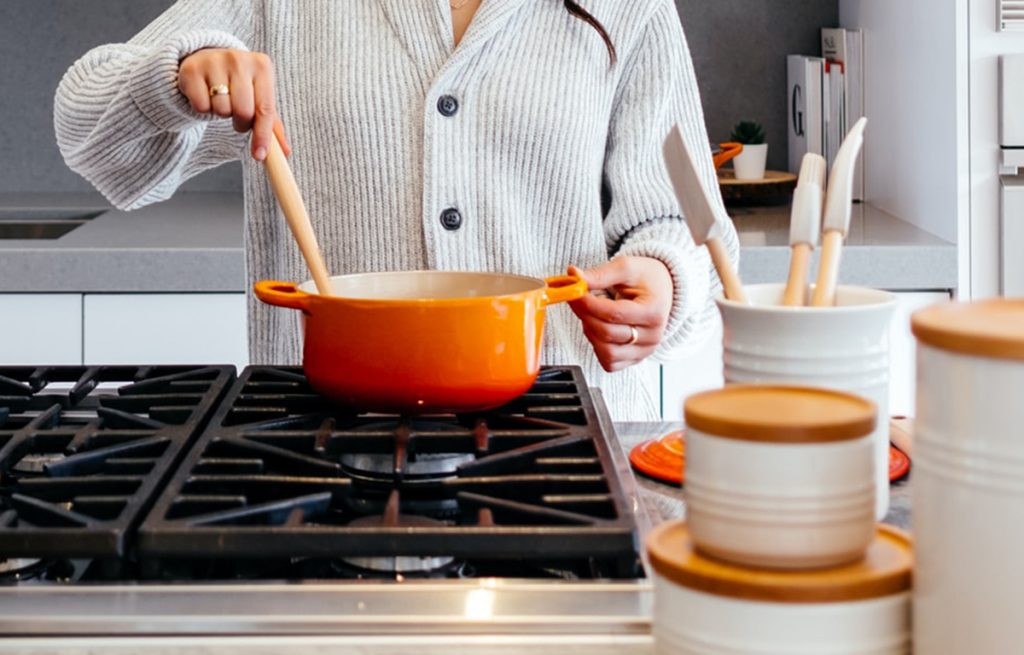
4. Rethink your cookware
Approved by the FDA in 1960, non-stick pots and pans have become a favorite in many households. Non-stick pots and pans (sometimes referred to as Teflon) consists of a polytetrafluoroethylene (PTFE) coating on top of an aluminum base. When exposed to high-heat, PTFE can release toxic fumes known as ‘polymer fume fever’ with symptoms like fever, sore throat, and coughing .
In addition, perfluorooctanoic acid (PFOAs) is often used in the manufacturing process of PTFEs and might still remain in the non-stick coating. PFOAs, also known as “forever chemicals,” have been linked to infertility, thyroid disorders, chronic kidney and liver disease, as well as some forms of cancer.
As you begin to reassess your kitchen, what are some safer non-toxic cookware materials to consider instead?
- Cast iron
- Stainless steel
- Ceramic or ceramic-coated
- Glass
- Silicone
For more information, I recommend checking out Phoebe Lapine’s resource of her favorite non-toxic non-stick cookware.
While transitioning away from using non-stick cookware is an important step to take, it can definitely be a multi-staged process due to space constraints as well as personal budget. Pots and pans aren’t cheap so take your time in making the switch.
In the meantime, there are some steps you can take in the meantime to reduce toxin exposure with non-stick cookware:
- Avoid cooking on high-heat
- Never preheat an empty pan
- Use wooden or silicone cooking utensils to prevent scratching
- Try to avoid stacking the pans or use paper towels or a soft fabric between each pan
- Gently hand wash with a soft sponge
- Replace if there are any scratches, chipping, or peeling
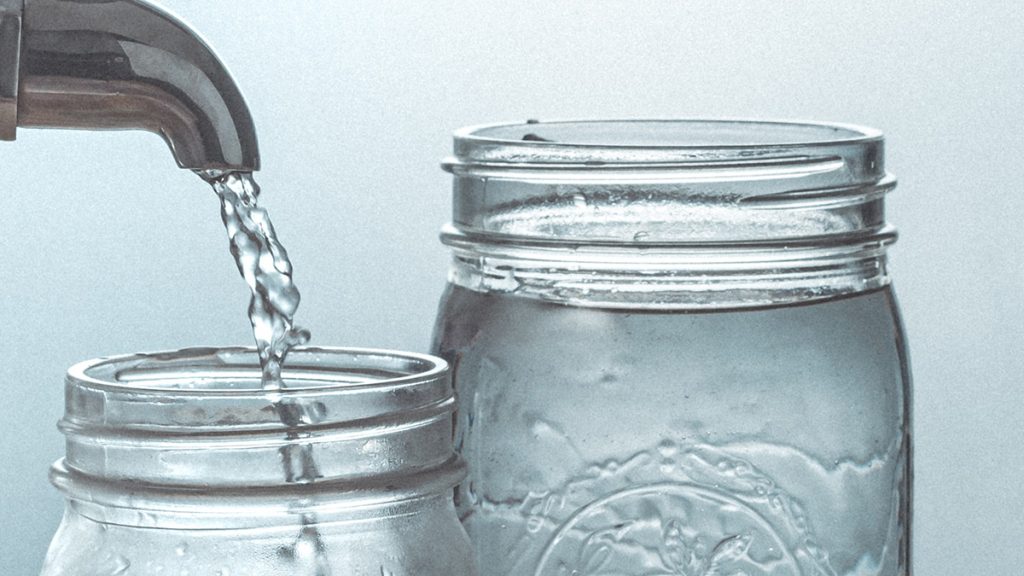
5. Filter your drinking water
Finally, water. One of the most important, if not the most important, nutrient for the human body and a top priority to research when reducing daily environmental toxins. Some of the most common toxins found in the water supply include aluminum, arsenic, chlorine, fluoride, heavy metals, PCBs, pesticides, and prescription and over-the-counter medication residue.
One of the first steps when considering your drinking water is to start with a little research about your water source. Did you know that the Environmental Working Group (EWG) has an amazing search tool called the EWG Tap Water Database that you can use for free to research the details of your municipal tap water? The database collects information about what types of contaminants can be found in your zip code’s tap water and even provides suggestions for what type of filtration system to consider based on the specific contaminants.
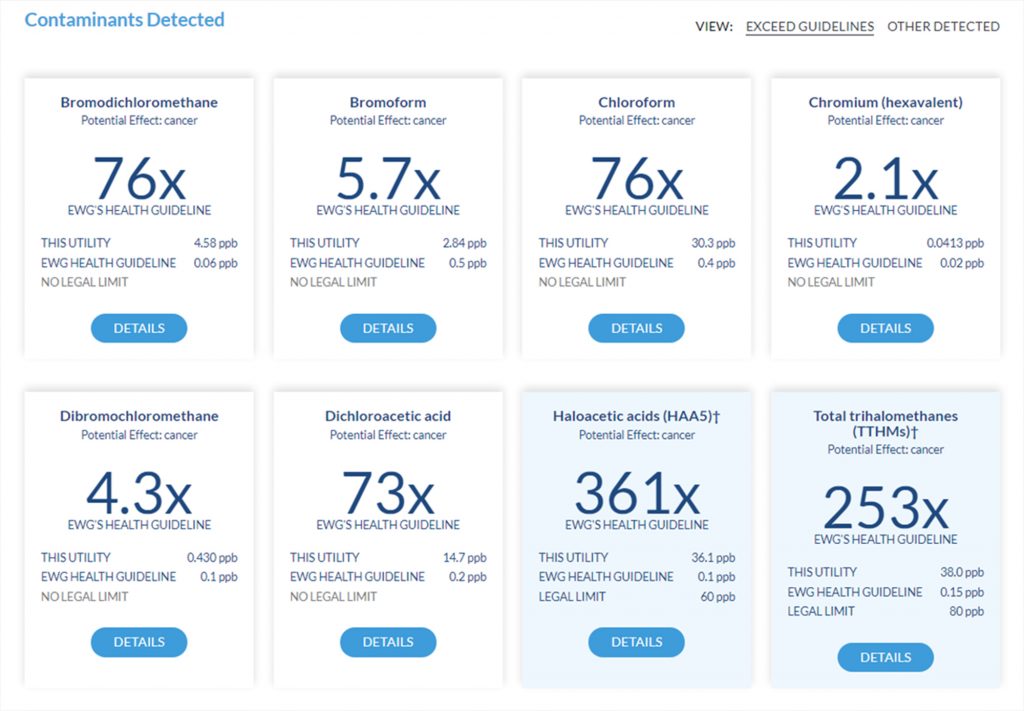
For multiple reasons, switching to filtered water turned out to be the hardest step for me to take. While I always understood the importance of drinking filtered water, I kept on reading about how great New York City’s tap water is and since I didn’t mind the taste, I just went with it. However, I finally decided to invest in a high-quality water filtration system (after much research on water filtration types) and it has definitely been one of the best investments I have made towards my health.
I highly recommend the Berkey Water Filters since it is a bit more budget-friendly (I purchased the Travel Berkey – perfect for 1-2 people) compared to other high-quality options that are available. Click here to review Berkey’s filter specs.
I hope this list of 5 simple ways to minimize the environmental toxins in your kitchen is useful for you to consider as you take the next steps in your healing journey. It took me many years to implement these modifications due to budget and space constraints, so please don’t feel like you need to address everything all at once. Instead, prioritize what fits within your own budget and what you are most interested in tackling at this time.
>> Let’s chat about toxins:
- Are there any specific environmental toxins that you have encountered in your daily life that have directly impacted your health?
- Are there any updates to your kitchen that have helped you move forward in your healing?

